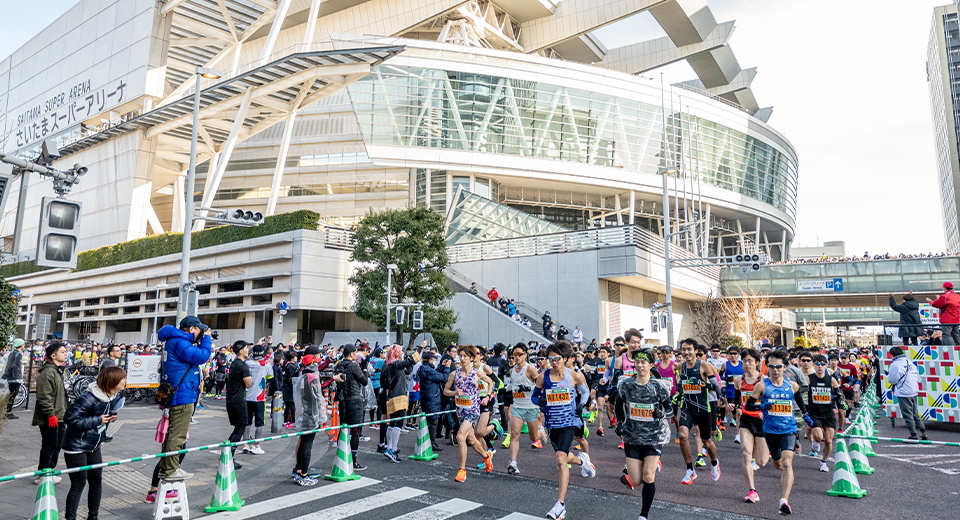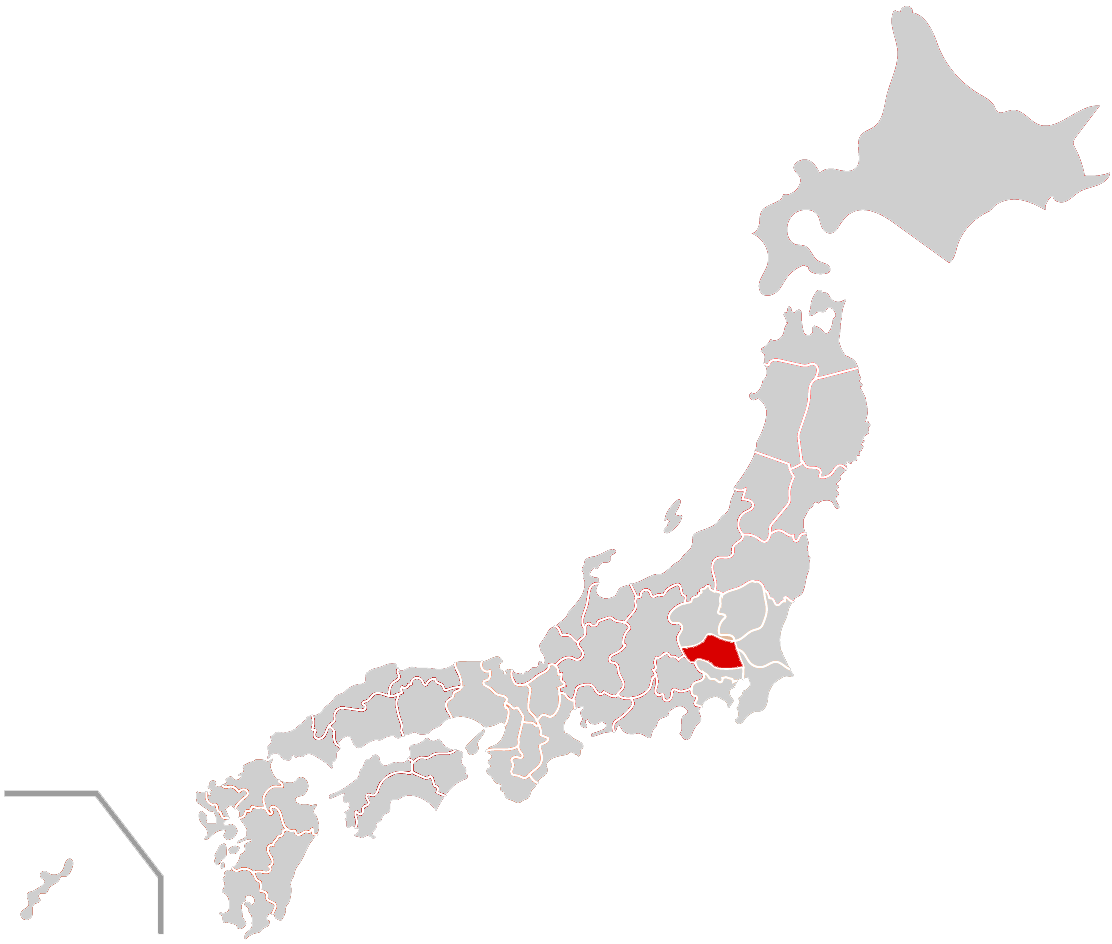Saitama Full Marathon: Scenic Course and Strong Support
This is a full marathon (certified course) with a capacity of 14,000 runners, starting at Saitama Super Arena, a 3-minute walk from Saitama-shintoshin Station, and running through Saitama Stadium 2002, Urawa Komaba Stadium, Shin-Minuma Ohashi toll road with its expanse of Minuma rice fields, and zelkova trees along the Saitama University Avenue.
As a large-scale urban marathon, the uninterrupted support along the course provides a powerful boost, and the finish at the Saitama Super Arena gives runners a special sense of elation.
In addition to the scenic and exciting course, the event also features notable highlights that make it even more memorable. Suguru Osako, an Olympic athlete, has been appointed as an ambassador for the event. He will be joining us on the day of the event and will help us to make the event more exciting.
Past Race Photo Gallery
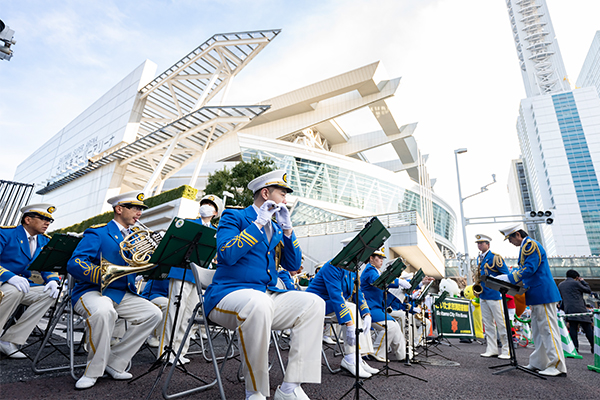
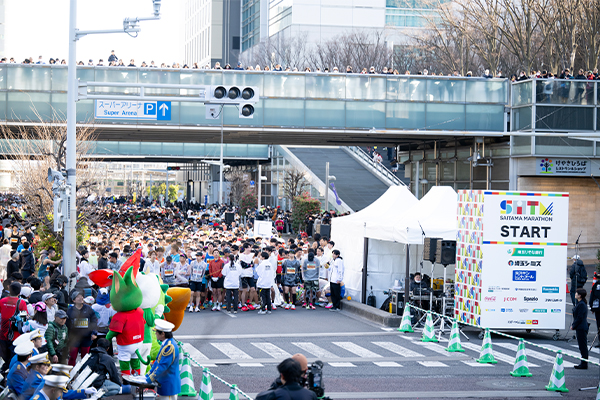
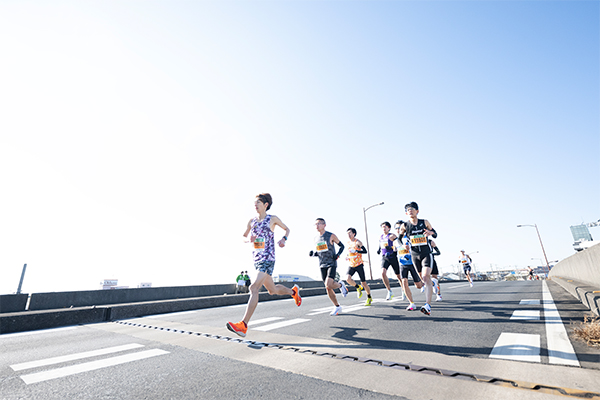
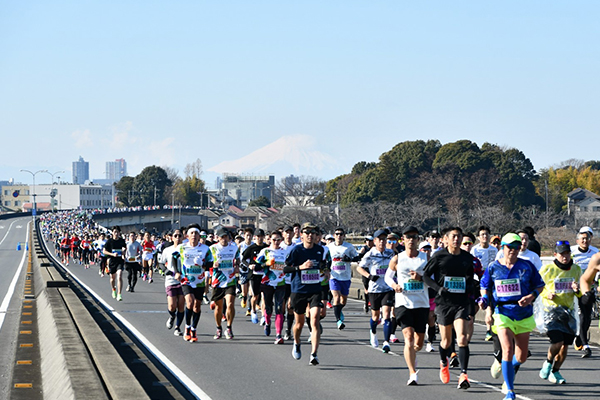
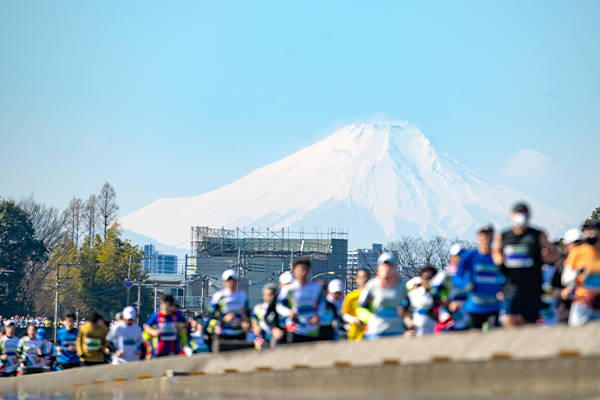
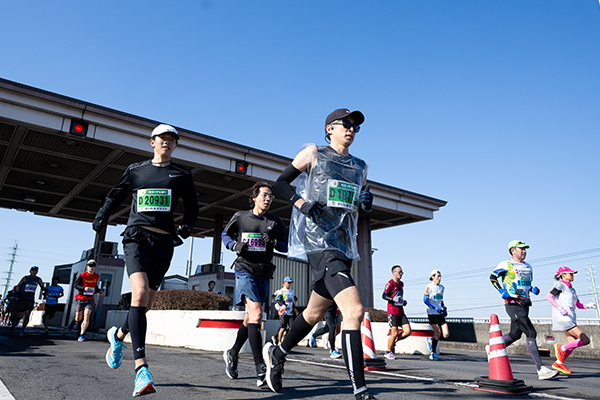
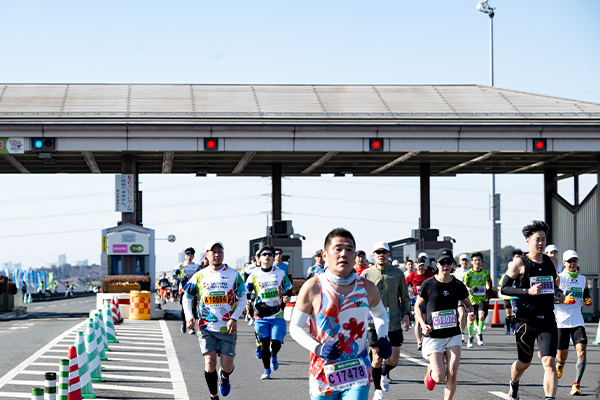
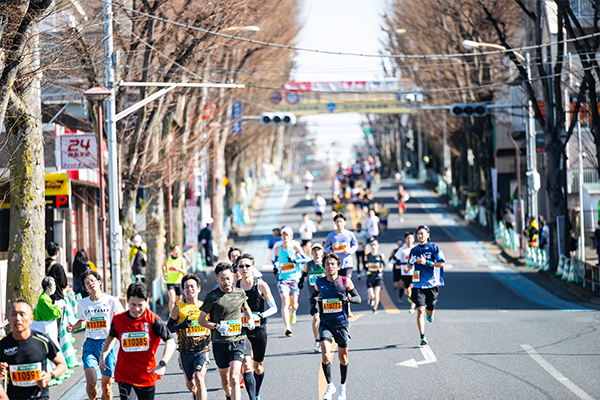
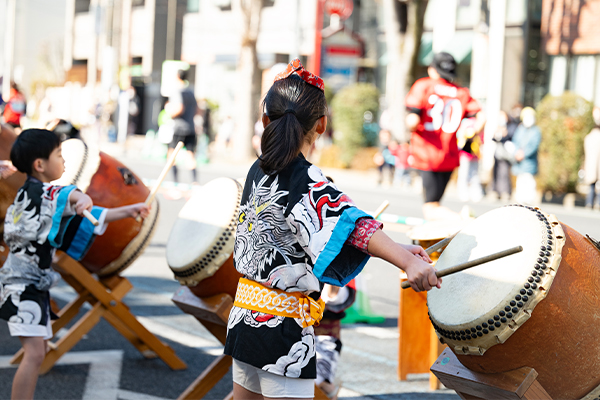
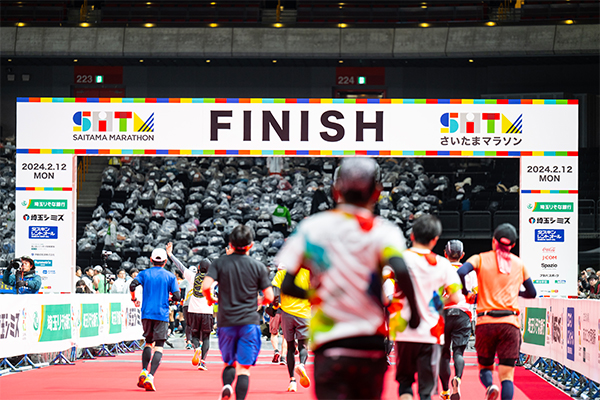
Discover the Charm of the Host City
| 写真出典元: | 公益社団法人さいたま観光国際協会 |
|---|
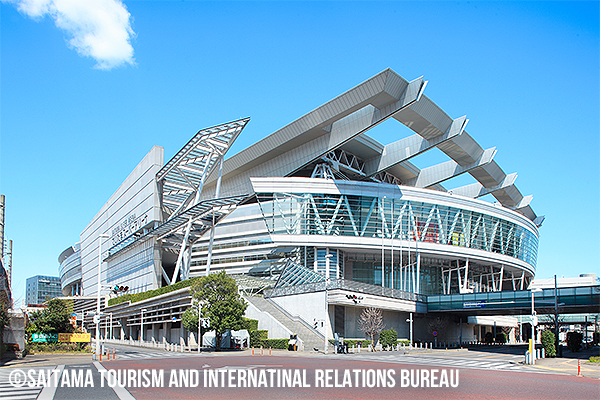
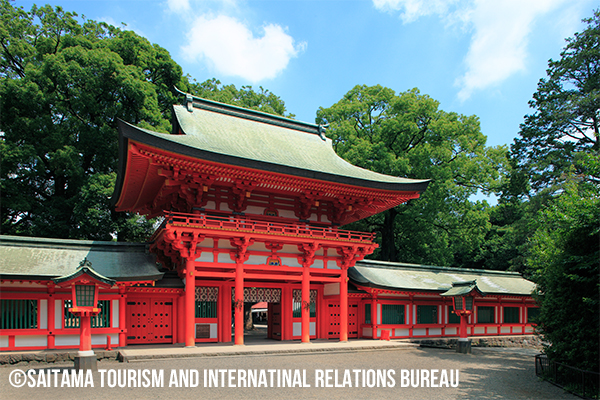
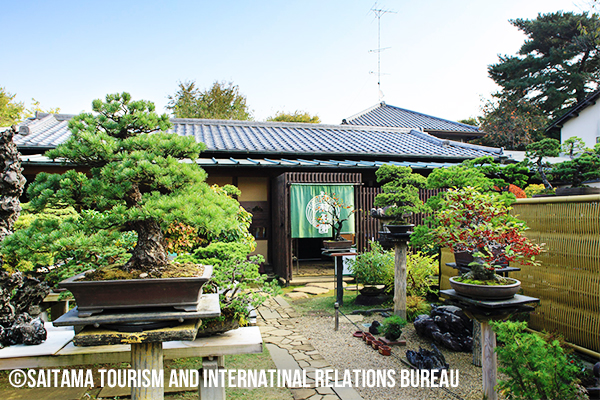
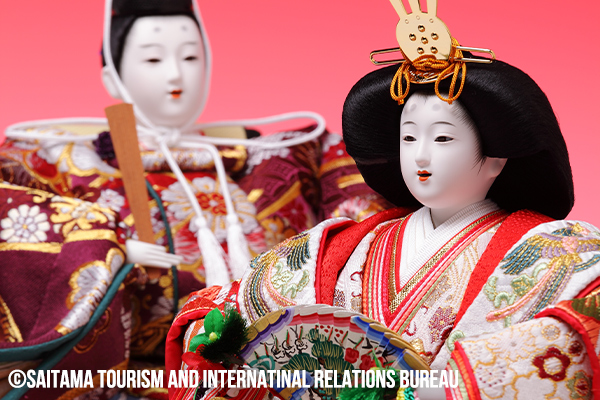
Why Saitama?
Saitama City, just about 30 minutes from Tokyo by train, offers an appealing mix of history, culture, nature, and modern urban life—making it a surprisingly multifaceted destination. Although Saitama City is sometimes overlooked, it’s actually packed with surprising and diverse attractions.
Saitama City Sightseeing Spots
1. The Railway Museum
One of the largest train museums in Japan, featuring real trains, simulators, and hands-on experiences for all ages.
2. Musashi Ichinomiya Hikawa Shrine
Ōmiya Hikawa Shrine, located in Ōmiya Ward, Saitama City, is one of the most prestigious and ancient Shinto shrines in the Kanto region, with a history spanning over 2,400 years. It holds the title of Musashi Ichinomiya, meaning it was the highest-ranking shrine in the former Musashi Province, and serves as the head shrine of over 280 Hikawa Shrines across the region.
3. Ōmiya Bonsai Village
Ōmiya Bonsai Village, located in Kita Ward of Saitama City, is one of Japan’s most renowned bonsai hubs—often referred to as a “ living art museum. ” It was established in 1925, when bonsai growers from Tokyo relocated here after the Great Kanto Earthquake, seeking a more suitable environment for cultivating bonsai.
The village was designed with unique community rules, such as:
- Owning at least 10 bonsai trees
- Keeping gates open to welcome visitors
- Using hedges instead of fences
These traditions helped shape a neighborhood dedicated to preserving and celebrating bonsai culture.
Highlights & Experiences
Six Bonsai Gardens: Each with its own style and techniques—such as Kyuka-en, Seikou-en, and Fuyo-en—offering a variety of bonsai artistry.
Ōmiya Bonsai Art Museum: The world’s first public bonsai museum, showcasing masterworks and related art with beginner-friendly explanations and a serene garden.
4. Iwatsuki Ningyō Museum
The Iwatsuki Ningyō Museum, located in Iwatsuki Ward, Saitama City, is Japan’s first public museum dedicated to traditional dolls, opened in 2020. It serves as a cultural hub preserving and showcasing the rich doll-making heritage of Iwatsuki, a town long known as the “ City of Dolls ”.
From Hina dolls and warrior dolls to Gosho dolls, creative figures, and regional toys, the museum offers a comprehensive look at Japan’s doll culture. Visitors can also learn about the tools and techniques used in doll-making.
5. Japan Mint Saitama Museum
The Japan Mint Saitama Museum, located in Saitama-Shintoshin (very close to the Venue!), is a fascinating and interactive facility where visitors of all ages can explore the world behind coins and medals. It opened in 2016 after relocating from Ikebukuro, Tokyo. You can enjoy, without any admission fee (free!), watching the Minting Process Up Close (on week days), rich Museum Exhibits, Fun Hands-On Experiences and Mint Shops.
Sightseeing Spots nearby Saitama City
In addition to the main event, visitors are encouraged to explore the neighboring cities of Saitama Prefecture, each offering unique charm and cultural experiences.
Gyoda City
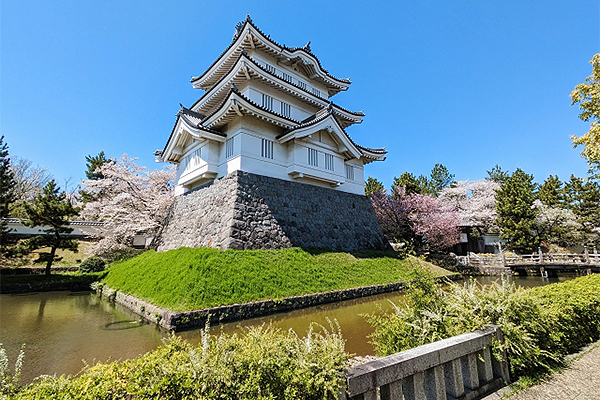
Gyoda City, located in northern Saitama, is a destination rich in history, nature, and culture. The iconic Oshi Castle, famously known as the “ Floating Castle, ” withstood a historic flood attack during the Sengoku period and now houses the Gyōda City Local History Museum. Sakitama Kofun Park is home to one of eastern Japan’s largest clusters of ancient burial mounds, including the Inariyama Kofun, where the National Treasure “ Inariyama Iron Sword ” was discovered. Visitors can also enjoy hands-on activities such as making haniwa (ancient clay figures).
Kawagoe City
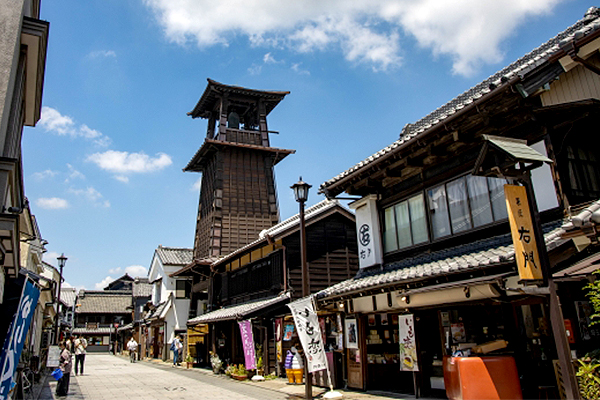
Kawagoe City, affectionately known as “ Koedo ” (Little Edo), is a well-preserved town where the atmosphere of Edo-period Japan still lingers. Just 30 minutes from Tokyo by train, it's ideal for a day trip. Stroll down Kurazukuri Street, lined with traditional warehouse-style buildings, and listen for the chimes of Toki no Kane (Bell of Time), a symbol of the city. Visit Kashiya Yokocho (Candy Alley) to enjoy nostalgic sweets, or explore Kita-in Temple, with deep connections to the Tokugawa shogunate. Don’t miss Kawagoe Castle Honmaru Goten, the only remaining main palace building of a feudal castle in eastern Japan.
Chichibu City
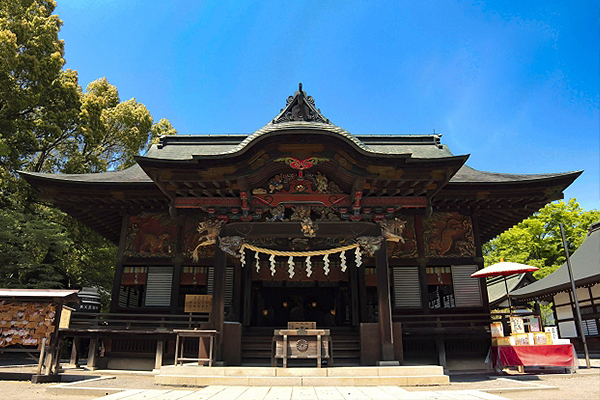
Chichibu City, nestled in the western part of the prefecture, offers a perfect blend of nature, history, and culture. Just two hours from Tokyo, Chichibu is great for both day trips and overnight stays.
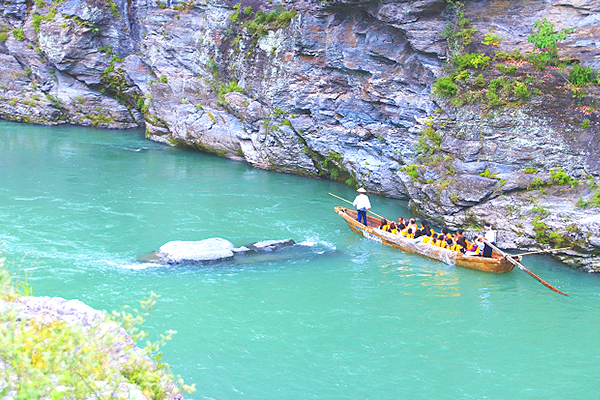
Explore the historic Chichibu Shrine, famous for its detailed carvings and the UNESCO-registered Chichibu Night Festival. Visit the Chichibu Meisen Museum to learn about the area’s unique silk textile and even try weaving. For nature lovers, Nagatoro River Boating provides an exciting ride through stunning seasonal scenery.
Gourmet Information
Saitama City has many unique gourmet specialties rooted in local history, culture, and ingredients. Here we introduce some of the most famous and popular specialties among locals and tourists alike!
1. Grilled Eel in Urawa
During the Edo period, Urawa was a post town along the Nakasendō route (currently Route-17), surrounded by rivers and marshes. Grilled eel became a popular dish served to travelers. Today, you can still enjoy Kanto-style eel, steamed and grilled to perfection, at long-established restaurants.
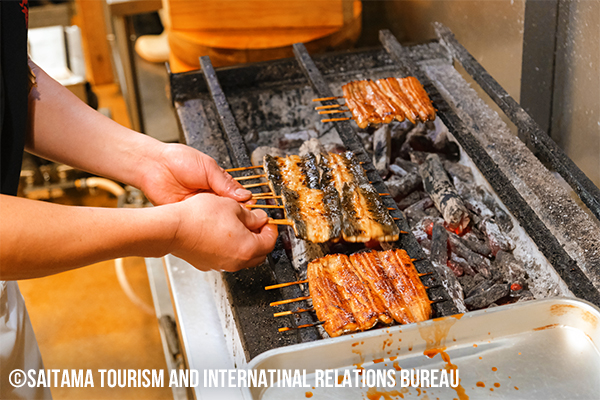
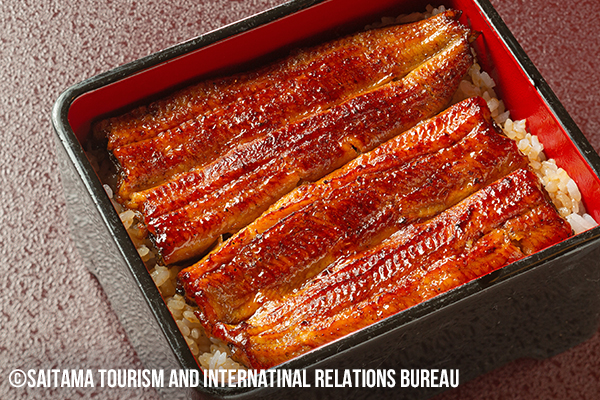
2. Tofu Ramen (Iwatsuki)
A soy sauce-based ramen topped with a light tofu and minced meat sauce. Unlike spicy mapo ramen, this dish has a gentle, comforting flavor.
3. Ōmiya Napolitan
Inspired by the nostalgic pasta once loved by railway workers in Ōmiya, this dish is now a local specialty. The rule? It must include vegetables grown in Saitama Prefecture. Over 30 restaurants serve their own take on it.
4. Stamina Ramen (Kita-Urawa & Ōmiya)
A hearty ramen topped with a spicy sauce made from garlic chives, minced meat, and chili bean paste. Originating from the local Chinese eatery “ Nyan Nyan, ” it’s a sweat-inducing, addictive bowl.
5. Iwatsuki Green Onion Salt Yakisoba
A unique stir-fried noodle dish that puts the spotlight on the sweet, tender Iwatsuki green onion—a true B-grade gourmet gem.
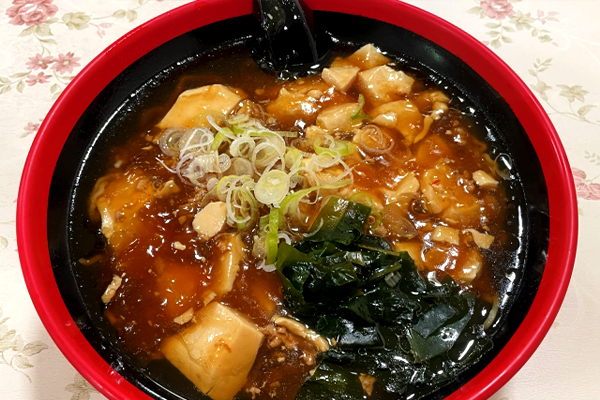
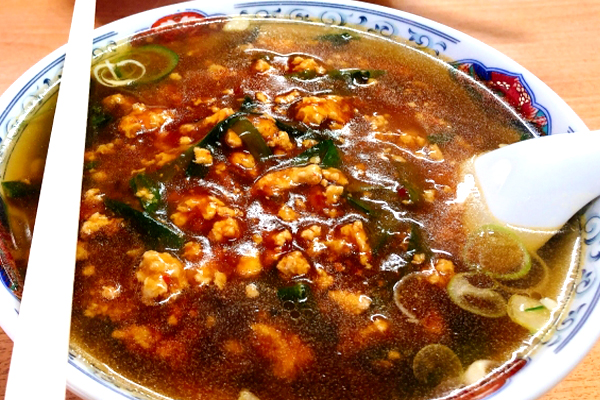
... and upwards
